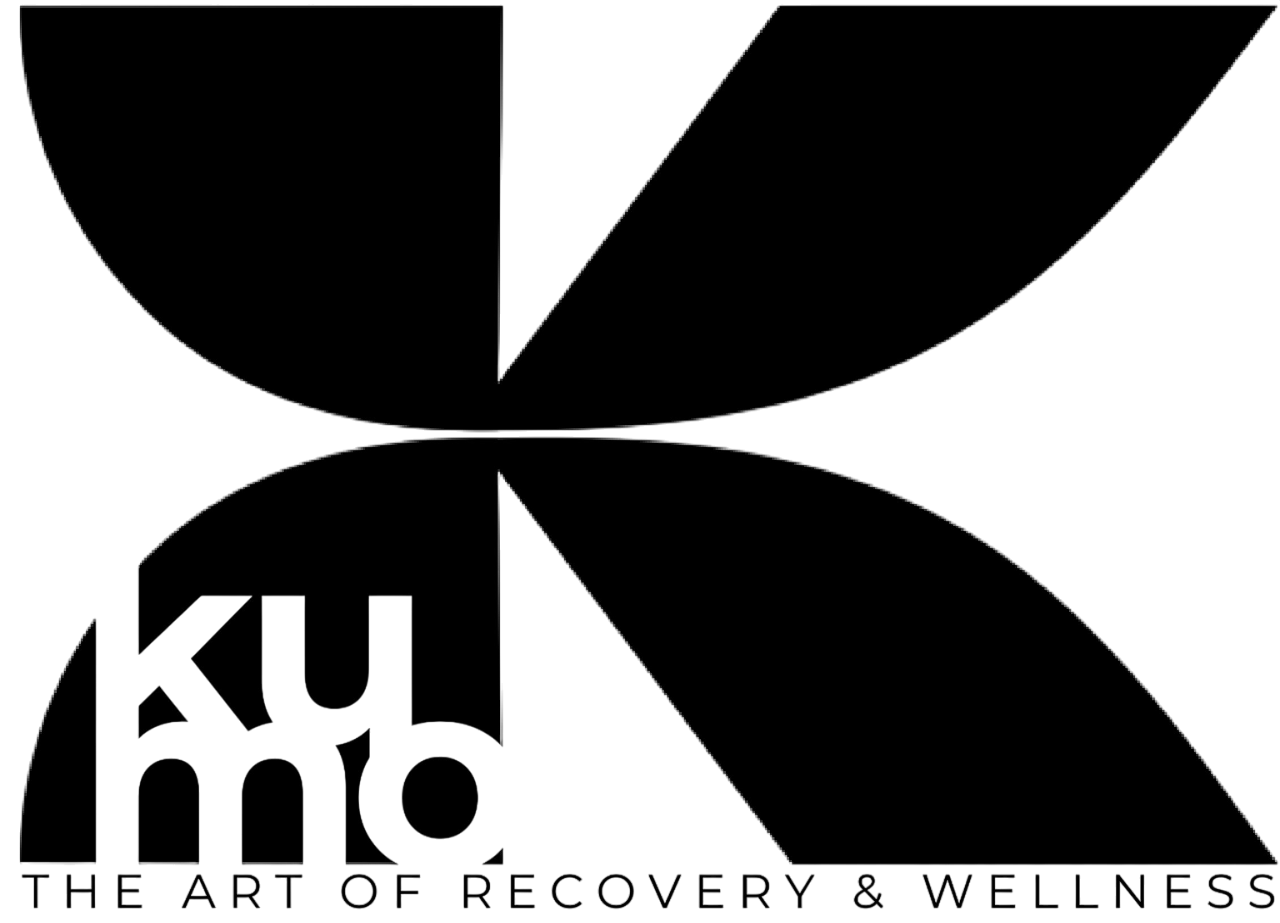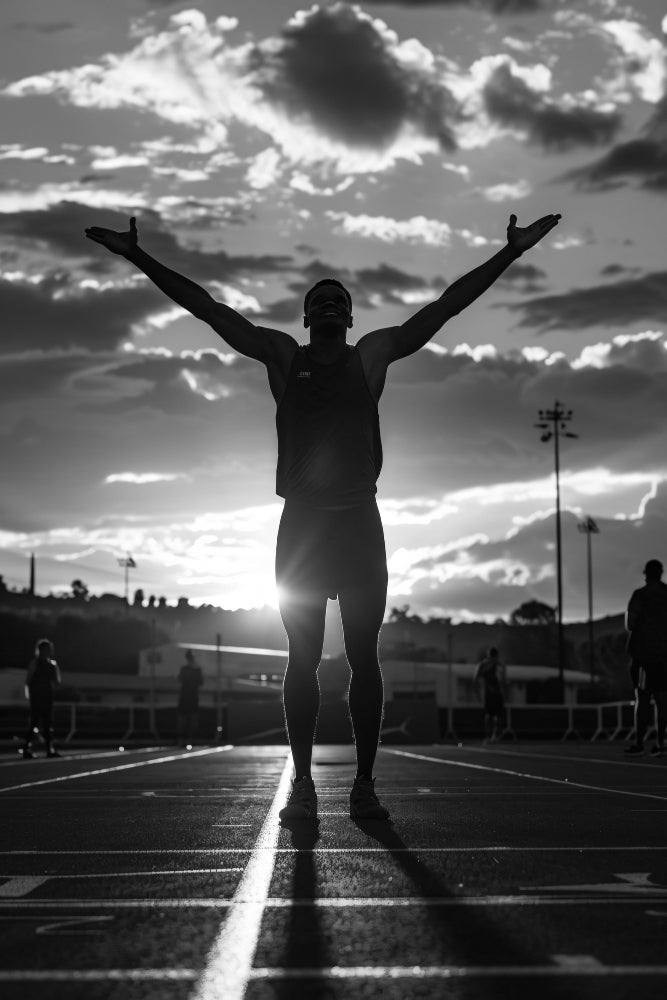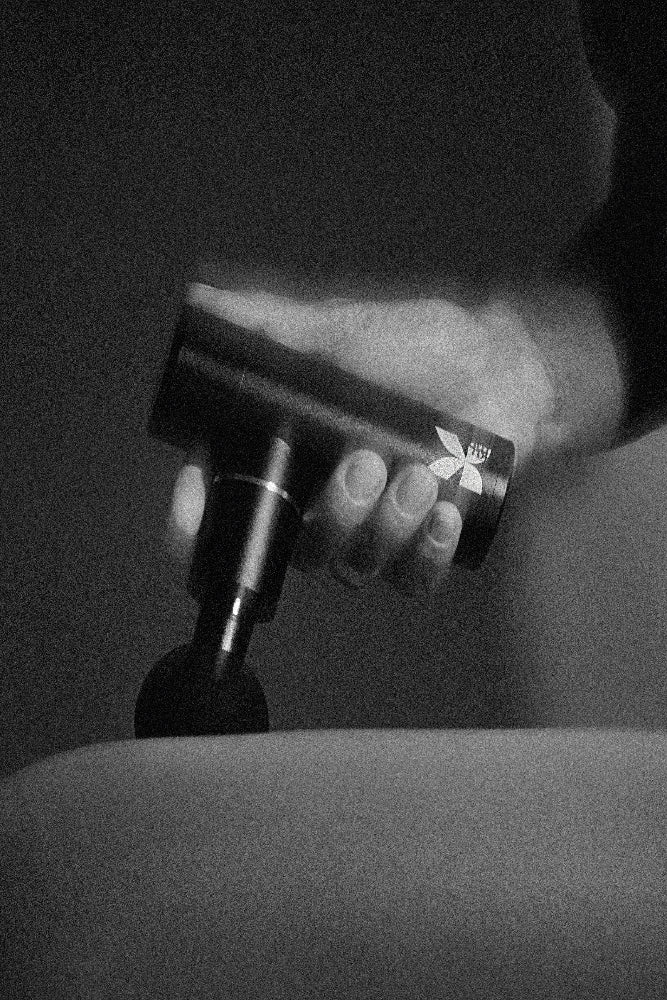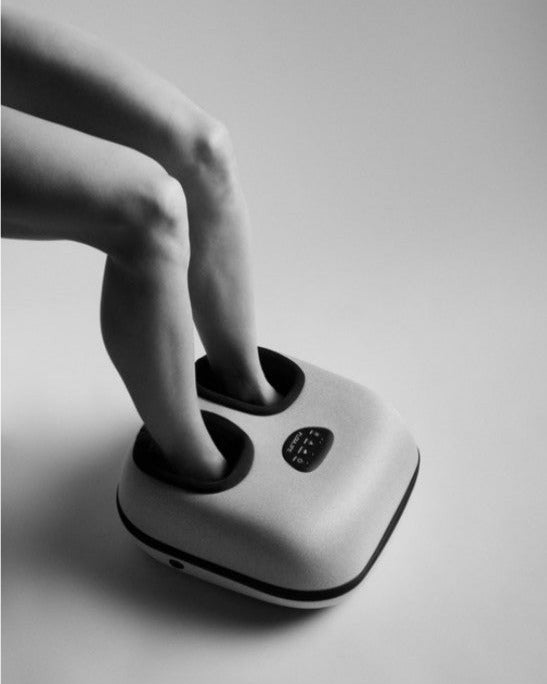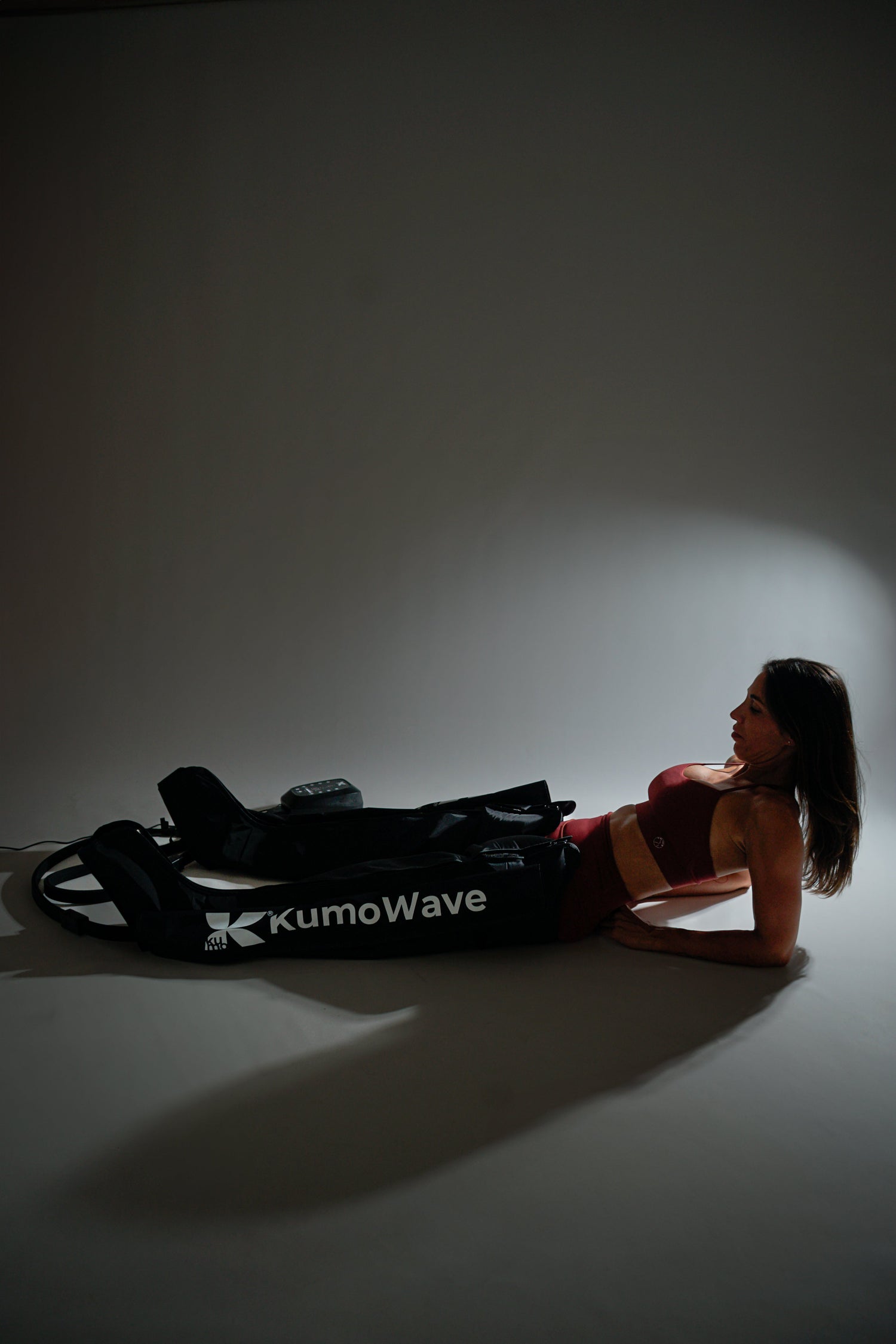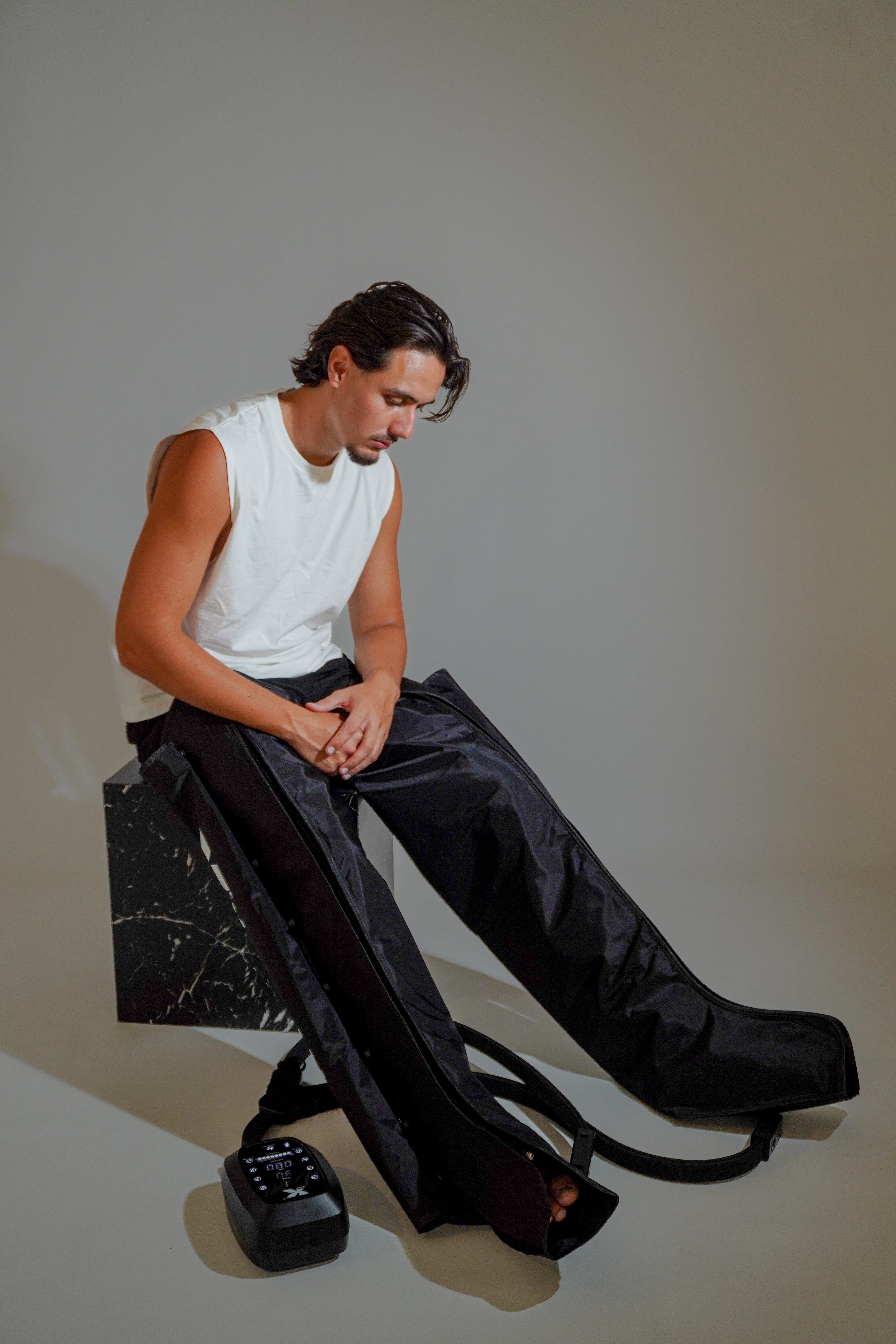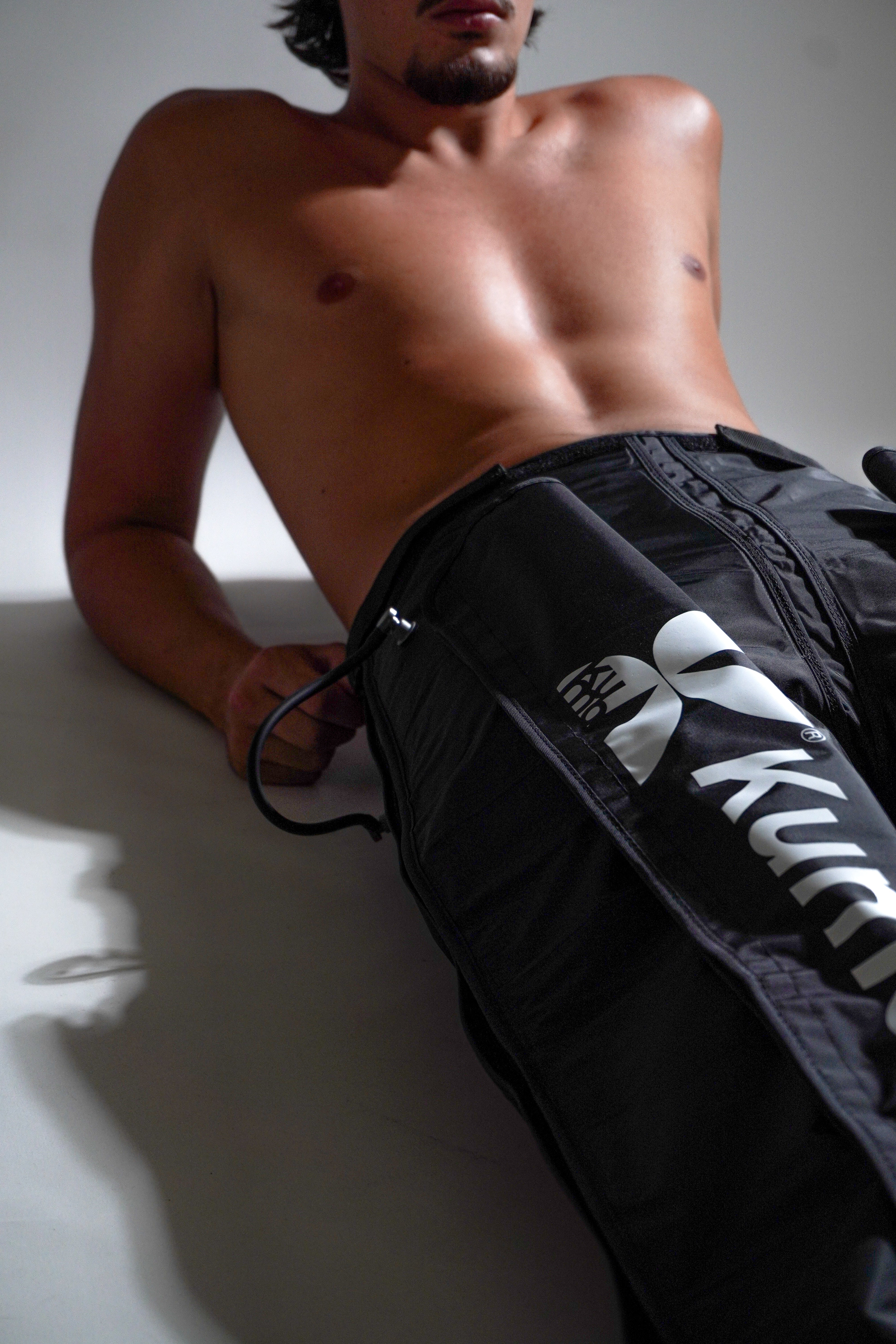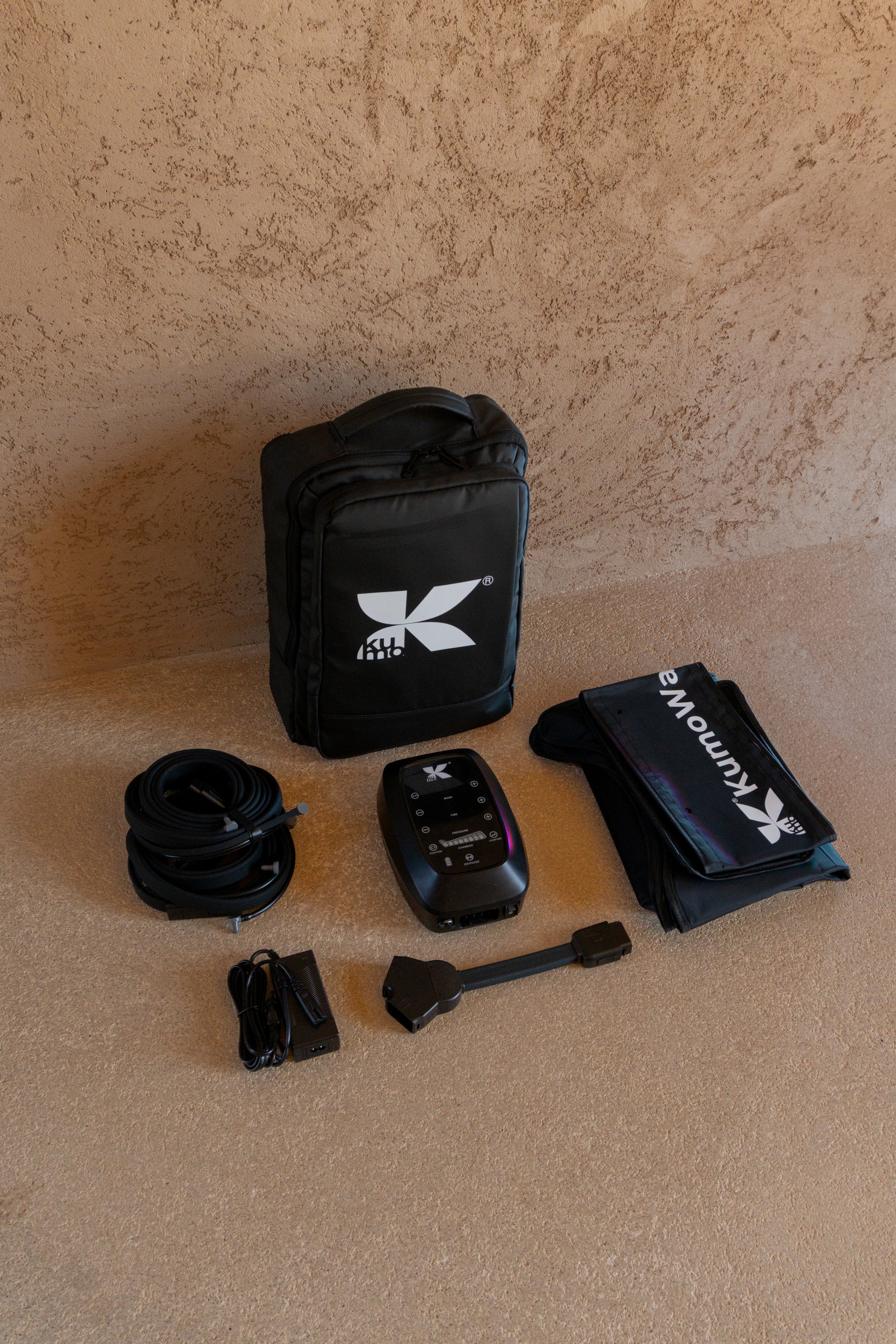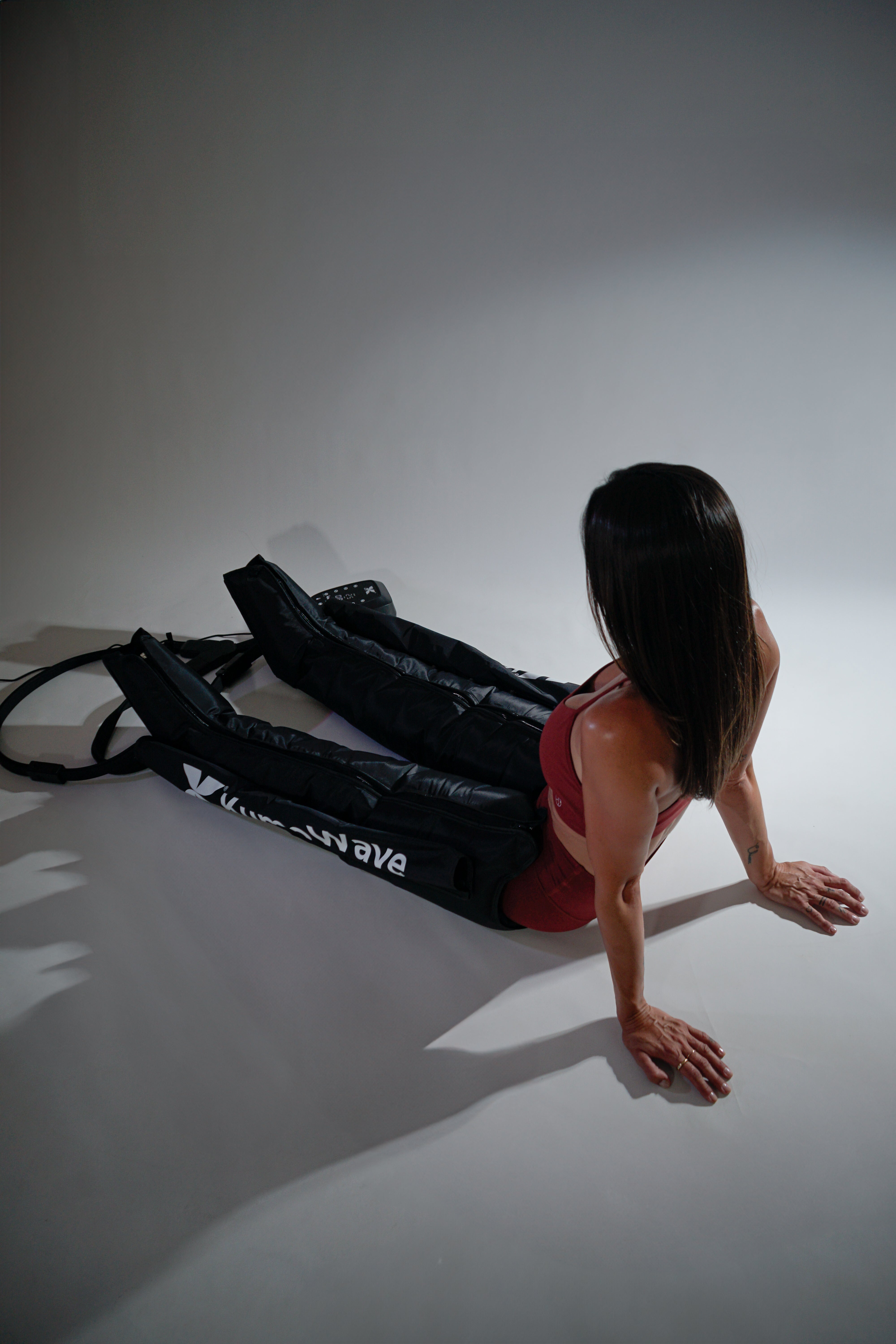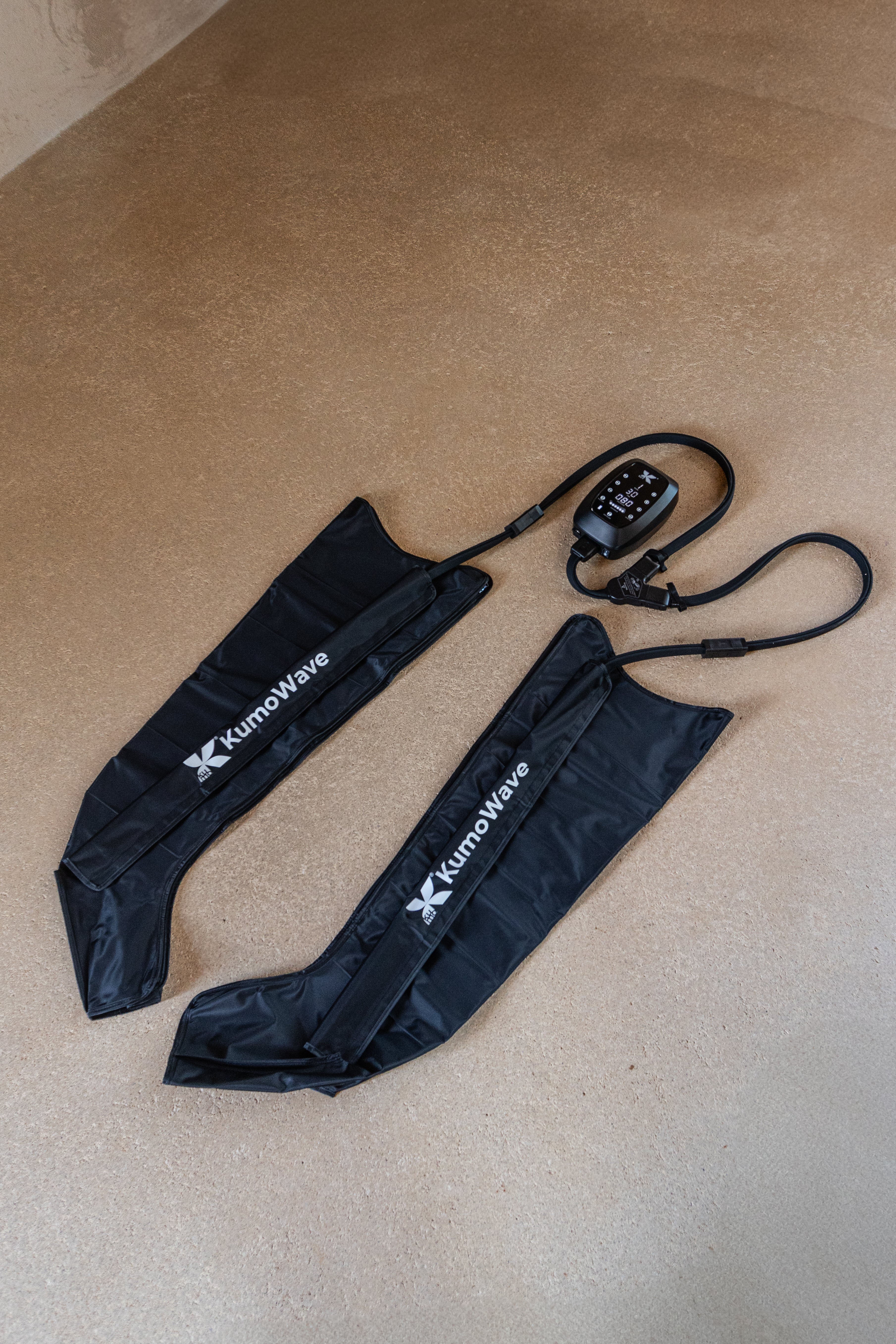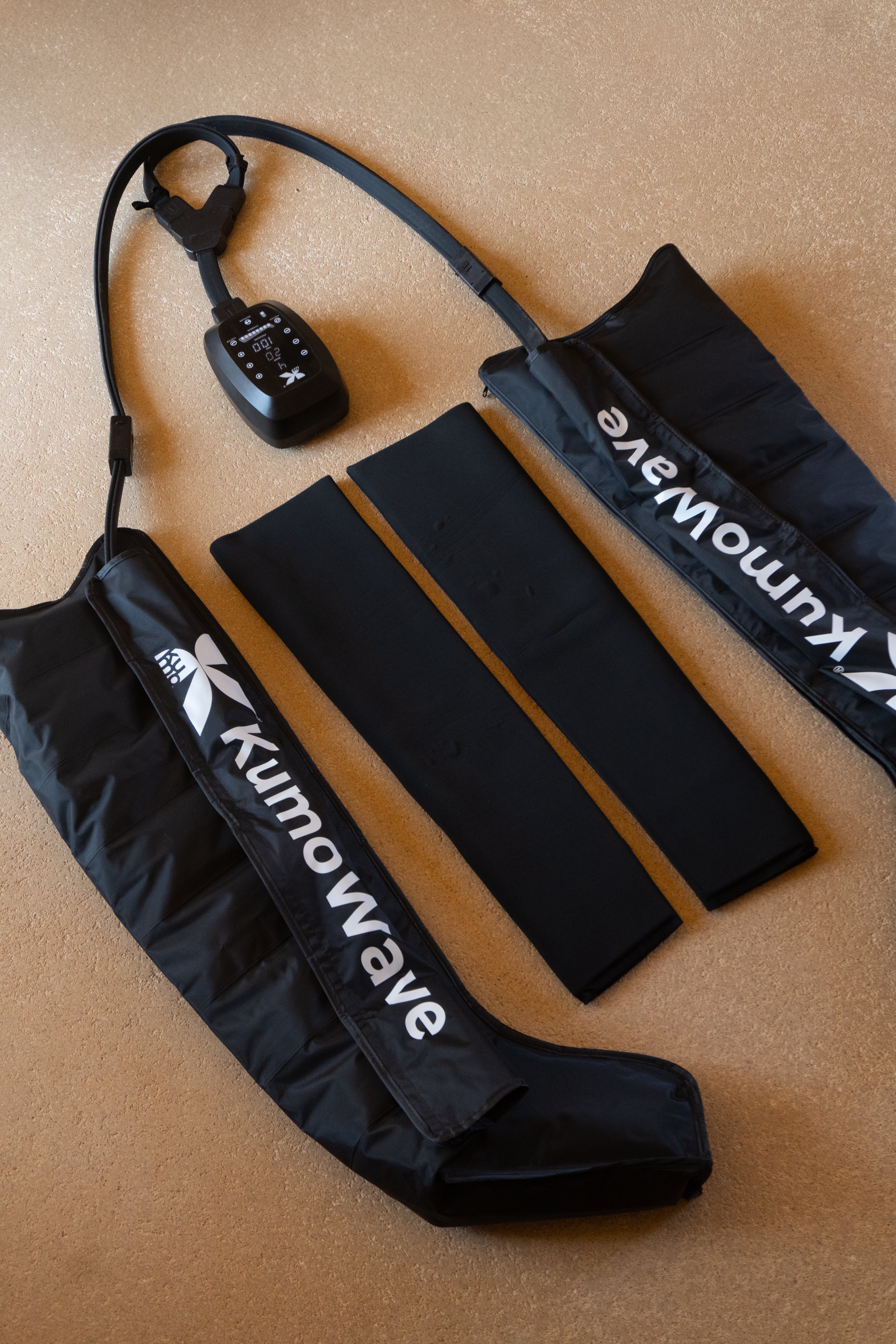Benefits of pressotherapy boots for legs
Pressure therapy boots: What they are, how they work, and why they can change the health of your legs.
If you're looking to relieve tired legs, improve circulation, and speed recovery, intermittent pneumatic compression boots offer an effective, comfortable, and physiologically based solution. In this guide, you'll find real-world benefits, usage tips, contraindications, and how to integrate them into your wellness routine.
Coming soon
- They activate venous and lymphatic return to reduce swelling and heaviness.
- They improve muscle recovery after training or spending many hours standing.
- Short sessions (15–30 min) with comfortable and progressive pressure.
- Useful for athletes, travelers, teleworkers, and professionals with long hours.
- They complement other recovery technologies such as red light and percussive massage.
| Aim | What does pressotherapy provide? | When to use |
|---|---|---|
| Circulation and drainage | Sequential compression that propels blood and lymph | After work, at the end of the day |
| Sports recovery | Less stiffness and muscle soreness | 1–2 h post-workout or on rest days |
| Well-being and relaxation | Feeling of lightness and rest in the legs | Sessions of 15–30 min, 3–5 times/week |
What are pressotherapy boots and how do they work?
Pressotherapy boots apply intermittent and sequential compression from the foot to the thigh using air chambers. This pressure gradient guides venous return and promotes lymphatic drainage, similar to a pumping massage. They are used from clinics to homes due to their ease and effectiveness.
- Intermittent pneumatic compression is supported in medical settings to improve blood flow in the lower extremities and relieve edema. See the clinical explanation at the Cleveland Clinic: Intermittent Pneumatic Compression.
- At KUMO we understand recovery as a habit: discover our philosophy and solutions in the home page .
Leg Benefits: What You Can Expect
Improved circulation and lymphatic drainage
Sequential compression mimics the action of a moving muscle, aiding venous return and displacing excess interstitial fluid. The result is often an immediate feeling of lightness and a progressive reduction in swelling after several sessions.
Relief from tired legs, swelling and fluid retention
If you spend long periods of time sitting, standing, or traveling frequently, fluid accumulates in your ankles and calves. Boots provide a mechanical boost that reduces congestion and heaviness, ideal at the end of the day or between shifts.
Muscle recovery after exercise
After intense training, rhythmic compression promotes metabolite clearance and can reduce perceived stiffness. Evidence from direct performance is variable, but multiple studies report less delayed-onset muscle soreness and improved subjective comfort.
Support for venous healing (clinical context)
In controlled settings, intermittent pneumatic compression has been used as an adjunct in the management of venous ulcers, with improvements in healing rates compared to standard care according to evidence reviews such as Cochrane: Intermittent pneumatic compression for venous leg ulcers . It does not replace medical care.
Tip: If at the end of the session you notice faint marks that disappear within a few minutes and a clear feeling of lightness, the pressure is usually adequate. If you experience pain or numbness, reduce the intensity.
Who are they especially useful for?
- Endurance or strength athletes who perform multiple sessions and seek to reduce the feeling of fatigue.
- Professionals who spend long hours standing (healthcare, hospitality, retail) or sitting (office, teleworking).
- Frequent travelers who want to counteract the immobility of long flights.
- People with a recurring sensation of heavy legs or occasional fluid retention.
- Those who want a wellness and relaxation ritual that doesn't depend on external appointments.
If you have vascular or lymphatic pathology or are pregnant/postpartum, consult your doctor first or write to us at Contact to guide you.
How to use them safely and effectively
Duration, pressure and frequency
- Start with 15–20 minutes and increase to 30 as tolerated.
- Adjust the pressure so that it's firm but comfortable; it should never hurt or numb.
- Typical frequency: 3–5 sessions per week; athletes, 1–2 per day during loading phases.
Postures and times of day
- Lie down or sit with your legs straight and relaxed.
- Ideal times: after training, at the end of the day, or during a short recovery nap.
Adjustment signals
- Good: pleasant warmth, progressive compression, posterior relief.
- Adjust: Persistent tingling, discomfort, pressure that “cuts off” breathing.
Contraindications and precautions
Avoid use without medical supervision if you have active or recent deep vein thrombosis, decompensated heart failure, skin infections in the area, open wounds, unexplained pain, or severe neuropathy. If in doubt, seek professional advice.
Integrate pressotherapy with other recovery technologies
- Red/LED Light: Combines mechanical drainage with photobiomodulation to support muscle function and rest. Explore our LED light therapy .
- Percussive massage: before training to activate or afterward to release tense points, and finish with pressure therapy for drainage. Learn more about the KUMOPulse Air .
- KUMO routine: 10 min massage + 20–30 min pressotherapy + 10–15 min red light in the afternoon to “reset” your legs.
How to choose quality pressotherapy boots
Key Features
- Compression zones: more chambers allow for a finer, more even massage.
- Modes and sequences: programs for drainage, relaxation or sports recovery.
- Pressure range and granular control: better if you can adjust by zones.
- Ergonomics and size: boot sizes appropriate for your height and circumference.
- Maintenance: easy-to-clean materials and anti-moisture return system.
- Noise and portability: quiet and compact units facilitate daily use.
Looking for a reliable and easy-to-use system? Explore our selection on the pressotherapy collection .
Realistic results and expectations
- Feeling: Lightness and less tension from the first session for many users.
- Progress: Gradual reduction in swelling and improved perceived recovery after 2–3 weeks of consistent use.
- Practical metrics: Measure your ankle/calf circumference before and after your session; record your perceived heaviness (0–10) to see trends.
- Maintenance: Use short, regular sessions; consistency beats occasional marathons.
To learn about our comprehensive vision, visit KUMO Balance and turns recovery into an elegant and effective habit.
FAQ
How long should I wear the pressure therapy boots per session?
For most users, 15–30 minutes is enough to notice relief and lightness. If this is your first time, start with 15 minutes and assess how you feel during and afterward. Gradually increase if all goes well. Athletes in high-load phases can do 1–2 sessions daily, spaced several hours apart. The key is to ensure the pressure is comfortable and that there is no pain or numbness at the end. Regularity (3–5 times per week) usually yields better results than overly long sessions.
What is the best pressure to obtain benefits?
There's no single universal value, as it depends on your sensitivity, soft tissue, and intended purpose. A helpful rule of thumb: it should feel firm but never painful. If you experience sustained tingling or numbness, you've gone too high. Start with a medium intensity and increase in small steps until you find a level that leaves you with a deep massage sensation and subsequent relief. For medical conditions, follow your specialist's instructions.
Is it better to use them before or after training?
Post-workout is the most common use to support metabolite clearance and reduce perceived stiffness. You can also use them on rest days to accelerate the feeling of recovery. Before training, a short, moderate session can serve as a gentle boost, but avoid high intensities that leave your legs feeling numb. Experiment with your schedule and prioritize weekly consistency.
Can I use pressotherapy if I have varicose veins or edema?
Many people with venous discomfort find subjective relief, but if you have a diagnosis of venous insufficiency, significant varicose veins, or persistent edema, consult your doctor first. Intermittent pneumatic compression is used in clinical settings with supervision and defined protocols. For safe home use, rule out contraindications such as active deep vein thrombosis and skin infections. If you need guidance, contact us from the medium .
To take into account
- Pressotherapy promotes venous and lymphatic return to relieve swelling and heaviness.
- Sessions of 15–30 minutes with comfortable, progressive pressure are a good foundation.
- Ideal for athletes, long periods of standing/sitting, and frequent travelers.
- Combines with red light and percussive massage for a complete recovery protocol.
- Review contraindications and customize intensity, frequency, and timing.
- Take the next step: explore our pressotherapy collection or find out all the solutions in KUMO Balance .
